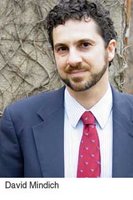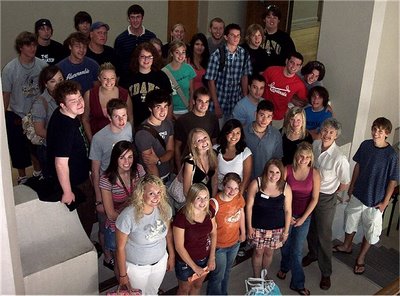How to reconnect students with the news
 Why have young adults stopped paying attention to the news? Where do they look for information about politics and current events? And what are the consequences for American society?
Why have young adults stopped paying attention to the news? Where do they look for information about politics and current events? And what are the consequences for American society? David Mindich, a faculty member at St. Michael’s College in
Here are the main points of Mindich’s thesis:
1. Young people never got into the news habit. Fewer than 20 percent of them read a newspaper every day, down from half of that age cohort in 1970.
2. The Internet isn’t replacing traditional media. Students that Mindich interviewed told him that they use the Web for e-mail, instant messaging and entertainment – but not to follow the news.
3. Mindich doesn’t blame young people. The decline in news consumption started with the parents of the current generation.
4. Entertainment has supplanted the news. Movie stars are better known than politicians – as reflected in a survey that Mindich gave to college students nationwide. (This is consistent with responses from students in my Public Opinion class.)
5. The news media can change to attract younger viewers and readers: by being passionate about the news; by not talking down to young audiences, and by being more aggressive in holding leaders accountable and getting to the truth. (He praised the way that TV journalists in 2005 let their anger at the government’s response to Hurricane Katrina show in their news reports.)
6. Educators, politicians and journalists need to collectively look for ways to show young people how to connect with the news – for democracy’s sake. “When young people don’t pay attention to or follow the news, they vote against their economic interests – they vote on hunches or slogans.” One program that seeks to engage high schools students in current affairs and politics is Student Voices, sponsored by the Annenberg Public Policy Center at the
A research team in my Public Opinion class plans to survey UI students about their news habits and political awareness. I’ll share the results here later this semester.



